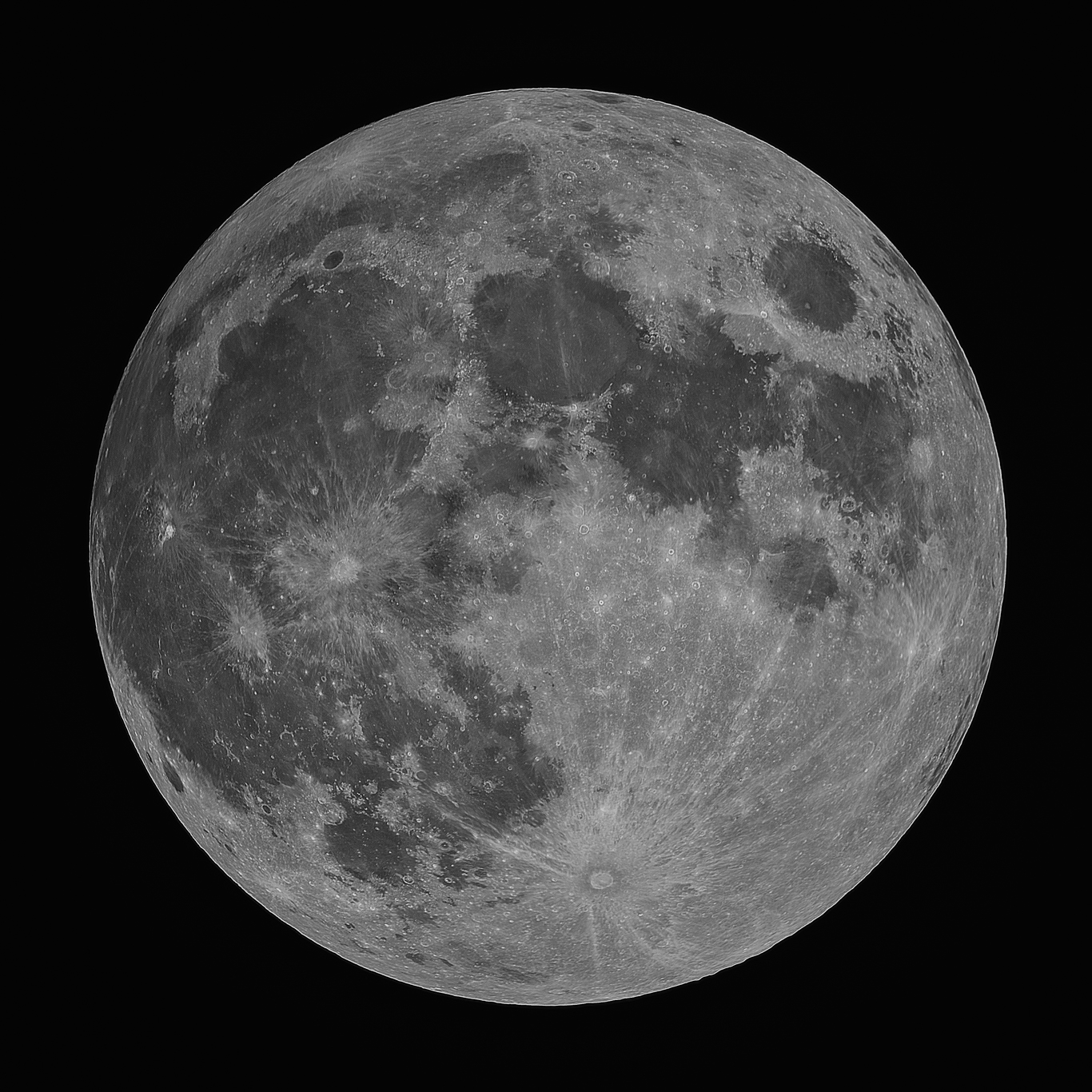
Target Details
The moon is Earth's only satellite, it is one of the largest natural satellites in the Solar System. The average distance of the Moon from the Earth is around 240,000 miles, or just over one light-second.
The Moon is thought to have formed about 4.51 billion years ago, not long after Earth. There are several hypotheses for its origin; the most widely accepted explanation is that the Moon formed from the debris left over after a giant impact between Earth and a Mars-sized body called Theia.
The Moon is in synchronous rotation with Earth, always showing the same face, with its near side marked by dark volcanic maria that fill the spaces between the bright ancient crustal highlands and the prominent impact craters. Notice in the image that the upper left side of the moon is slightly darker than the rest of the disc, this is the effect of the penumbrial eclipse.
Capture Details
Data captured 10th February, 2017, during a penumbrial eclipse.
700x 1/500 second exposures at ISO100.
Equipment Details
Orion Europa 200
NEQ6 Pro
Nikon d7100
Processing Details
This image was processed in Pixinsight & Lightroom.
